In Part 2, we pick up where we left off in Part 1.
To get us caught up to what Lisa is doing these days, we go back to her arrival in The Bay. Her work at the prop shop led to some other jobs, but competition was fierce and she sought a way to integrate art into the labor she undertook. She found it when the production of James and the Giant Peach hired her to do puppet fabrication. The work took place in a warehouse in South of Market and it wasn’t quite as glamorous as people think. In fact, it was grueling, but rewarding.
Her boss on that job was a woman named Kat. That was 30 years ago, and the two are good friends today. In fact, Kat is shooting a documentary about Lisa’s incredible life called Made of Iron. More on that below.
Lisa wanted to stick with animation, but was never able to get an art director job. She considered moving to LA, but shut that down pretty quickly. And so she decided to learn a trade—something her dad did back in the day. She went to a job fair and asked what the hardest trade represented there that day was. Lisa’s trade became ironwork.
Her introduction to the folks who did ironwork was a little rough. She was required to visit job sites and get an ironworker to sponsor her. It took her six months to get hired. She met a guy named Danny Prince who helped her get work in The City making precasts (think parking garages). She’d work during the week and go to classes for ironworking on Saturdays.
Ironwork has, quite possibly since its inception, been very much a “man’s” world. Lisa ran head-first into bigotry, prejudice, and discrimination from the get-go. But a combination of her own drive and the advice of a few mentors helped her get through it. There might have even been some “Go fuck yourself”s along the way, too.
That said, the highs were high and the lows were low. “I never cried on the job,” Lisa told me. But the tears would come once she was home in the evenings. Still, she persevered, and things got better and better for her.
One of her early favorite jobs was on the then-new California Academy of Sciences. Besides it just being a really cool building, Lisa got to do many different jobs all around the place. She says it was incredible watching it all come together.
Another job highlight was Lisa’s work on the arena that came to be known as Chase Center (and for Valkyries fans, “Ballhalla”). Photos of Lisa helping build Chase can be seen in the gallery to the left here. Another was Marin General Hospital. And then there was the Golden Gate Bridge.
After Chase Center and another, lesser job (and a divorce), Lisa got offered a job working on the Suicide Deterrent Net on my favorite bridge. But it wasn’t just any job. She would be foreperson. She didn’t think she could do it because she didn’t know bridge work (despite working a little on the new Bay Bridge). After being told it was foreperson or nothing, she decided to take the job.
Of course the crew she would oversee comprised all bridge-work veterans. Her approach was to be respectful of that. And her crew respected her back for it. The job entails taking out old pieces and beefing up the infrastructure of the bridge, which was finished back in 1933.
Lisa talks at some length about a societal need for us all to have more respect for labor. I’m with her 100 percent. There’s a lot that we take for granted every day, all over the place. Many people worked and still do work hard as hell so that we can have shit like roads and sidewalks, transit tunnels, housing, and so much more. We should recognize and respect that work.
We end the episode with Lisa’s thoughts about life, her work, and what she loves about San Francisco and the Bay Area.
You can donate to help fund Kat’s documentary at the Made of Iron website. And follow that adventure on Instagram @madeofirondocumentary.
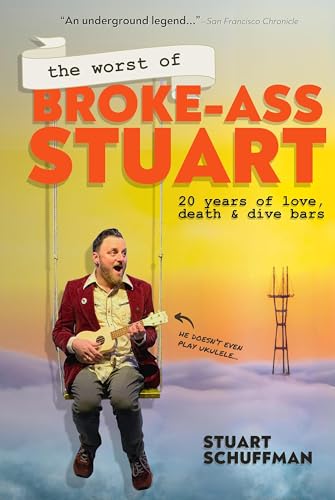 Oct 9 202520 m
Oct 9 202520 m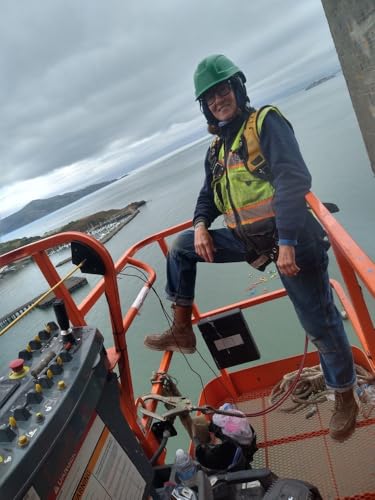 Oct 2 202533 m
Oct 2 202533 m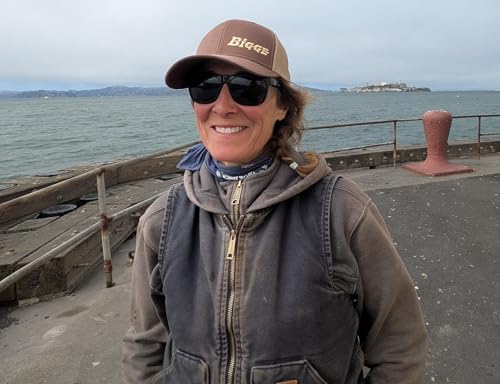 Sep 30 202533 m
Sep 30 202533 m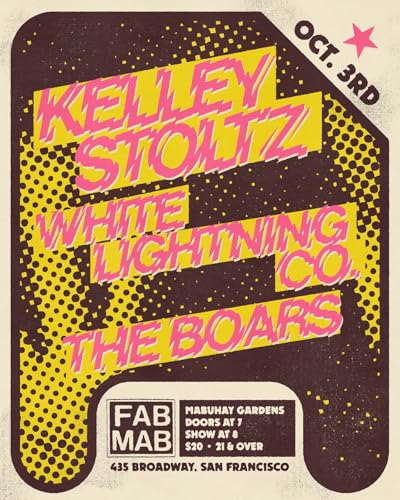 Sep 25 202524 m
Sep 25 202524 m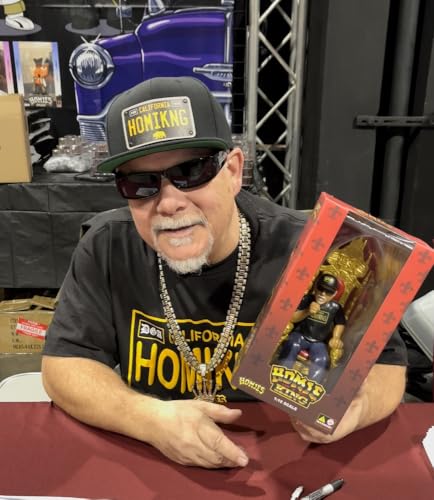 26 m
26 m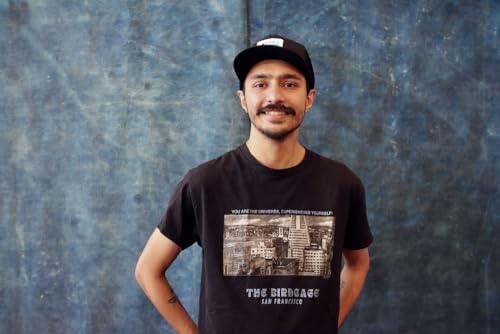 Sep 18 202520 m
Sep 18 202520 m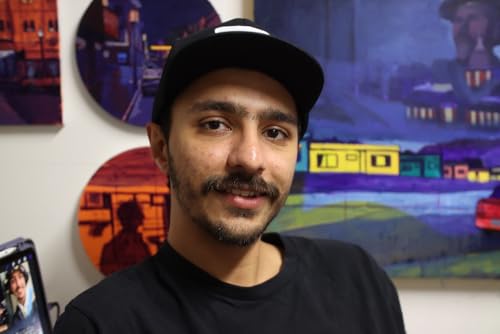 Sep 16 202518 m
Sep 16 202518 m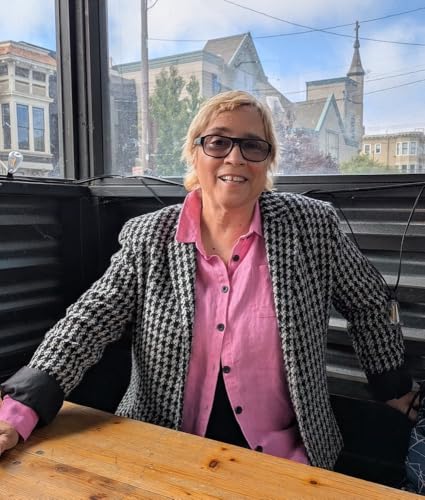 Sep 4 202527 m
Sep 4 202527 m

